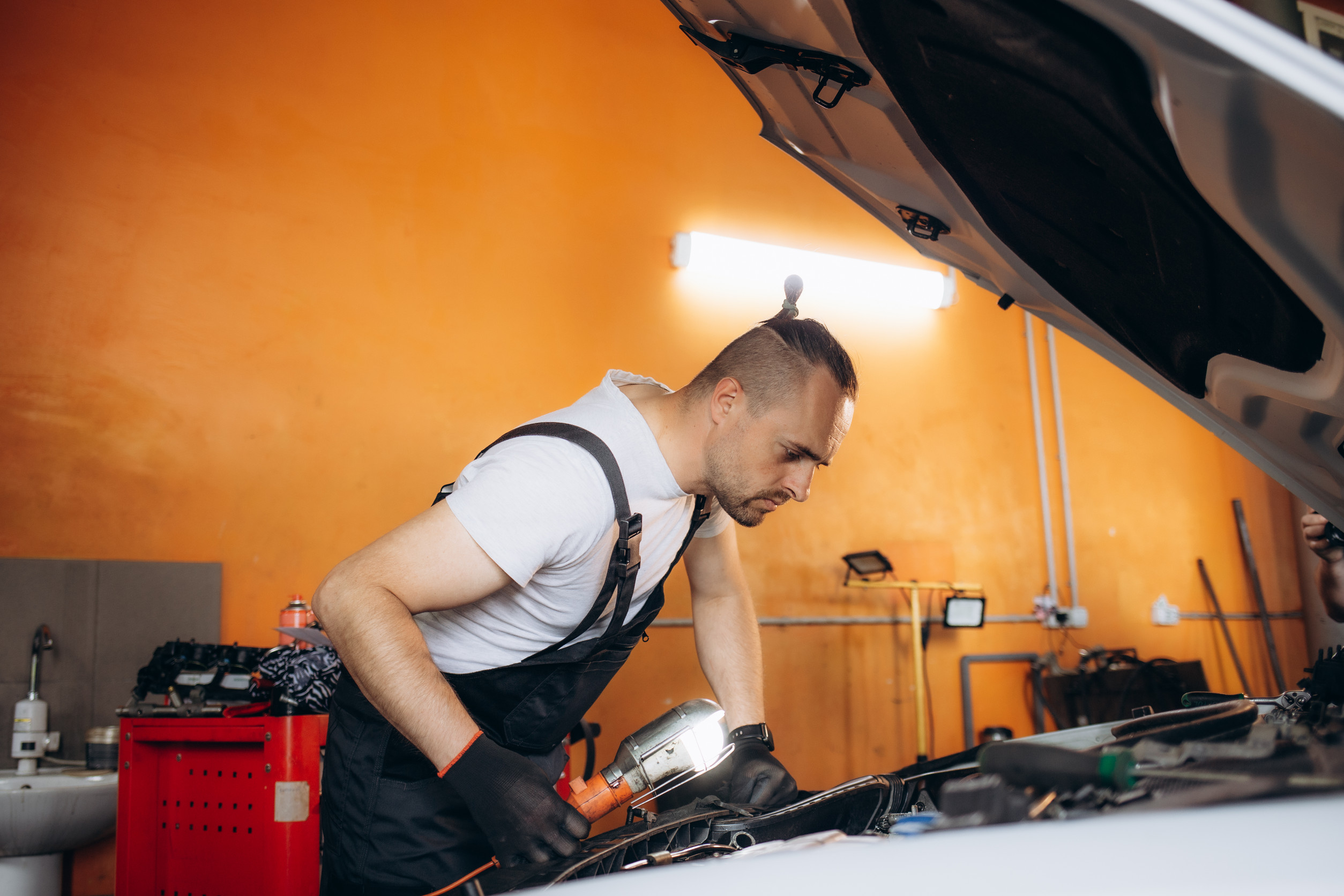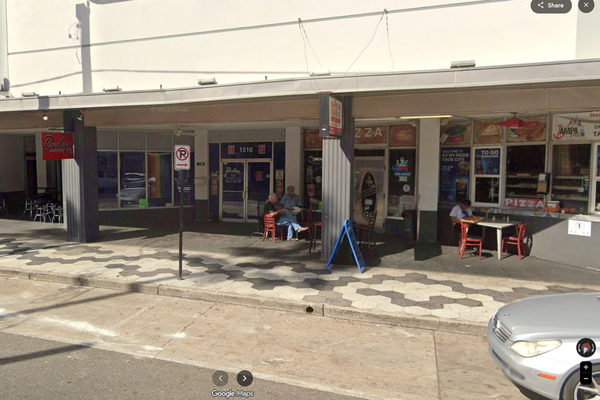
Auto repairs are a fact of life for anyone who owns a vehicle. While most fixes are meant to keep your car running smoothly, not every repair goes as planned. Sometimes, a quick fix can create new headaches and more expensive problems within just a couple of months. This can be frustrating, especially if you thought you were saving money or time. Knowing which auto repairs create new problems can help you avoid repeating the same costly mistakes. Let’s look at some common repairs that often backfire, so you can make smarter decisions at the shop.
1. Cheap Brake Pad Replacements
Swapping out brake pads with bargain-bin options may seem like a good way to save. However, low-quality pads can wear out unevenly or too quickly. They might even damage your rotors, leading to more expensive repairs. Within 60 days, you could experience squeaking, poor braking, or even warped rotors. Always choose reputable brands for this crucial safety component. Remember, when it comes to brakes, quality pays off in both performance and peace of mind.
2. Incorrect Battery Installation
Replacing your car battery is usually straightforward, but mistakes happen. If the new battery is installed incorrectly—think loose terminals or the wrong size—you risk electrical issues. Your vehicle might not start, or worse, sensitive electronics could be damaged. These problems often appear soon after the repair. To avoid this, double-check fitment and connections, or have a professional handle the swap.
3. Over-Tightened Lug Nuts
When getting new tires or a rotation, over-tightening lug nuts is a common mistake. Shops sometimes use impact wrenches without torque sticks, leading to stripped threads or warped rotors. In about 60 days, you may notice vibrations or trouble removing your wheels. Proper torque is crucial, so ask your mechanic if they use a torque wrench during installation.
4. Engine Flushes Done Incorrectly
Engine flushes are marketed as a way to clean out sludge and prolong engine life. But if done improperly or with the wrong chemicals, they can dislodge debris that clogs oil passages. This can cause oil starvation, leading to engine damage soon after the flush. Always consult your owner’s manual before agreeing to this service. Some modern engines don’t need or tolerate aggressive flushing at all.
5. Using the Wrong Oil Type
Oil changes are routine, but using the wrong oil type is a classic example of auto repairs that create new problems. The wrong viscosity or formula can cause poor lubrication, increased wear, or oil leaks. Within two months, you might notice engine noise or even warning lights. Stick to the oil grade recommended in your owner’s manual to avoid these issues.
6. Improper Transmission Fluid Changes
Transmissions are sensitive to fluid type and service methods. If a shop uses the wrong fluid or flushes the system too aggressively, it can loosen debris and clog valves. Shifting problems or transmission failure can occur within weeks. Transmission repairs are expensive, so make sure your mechanic follows the manufacturer’s guidelines and uses the correct fluid.
7. Skipping Wheel Alignment After Suspension Work
Suspension repairs, such as replacing tie rods or control arms, often require a follow-up wheel alignment. Skipping this step can lead to uneven tire wear, pulling, and poor handling. These symptoms usually show up within 60 days. Always ask for a wheel alignment if any suspension or steering parts have been replaced.
8. Faulty Spark Plug Installation
Spark plug replacement is a common DIY task, but it’s easy to get wrong. Over-tightening can crack the plug or damage the threads, while under-tightening leads to misfires. Sometimes, the wrong type of plug is installed. All of these mistakes can cause rough running or check engine lights soon after the repair. If you’re unsure, let a qualified technician handle this job.
9. Ignoring Leaks After Gasket Replacements
Replacing a gasket, like a valve cover or oil pan gasket, should solve leaks—not create new ones. But if the surface isn’t cleaned properly or the gasket is installed incorrectly, new leaks can appear quickly. This is one of those auto repairs that creates new problems you won’t want to ignore. Leaks can lead to low oil, overheating, or further engine damage in a matter of weeks.
How to Avoid Costly Repeat Repairs
It’s frustrating to pay for a repair only to have new problems pop up within 60 days. The best way to avoid this is to work with reputable mechanics who follow manufacturer guidelines and use quality parts. Ask questions and don’t be afraid to get a second opinion if something doesn’t feel right. Also, keep a close eye on your vehicle after any repair, especially if it’s one of the auto repairs that creates new problems. A little vigilance can save you money and stress in the long run.
Have you ever had a repair go wrong and cause new issues? Share your experience in the comments below!
What to Read Next…
- 5 Hidden Dangers Of Cheap Auto Repairs You Need To Know
- 10 Auto Repairs You Should Never Approve Without A Second Opinion
- 9 Car Maintenance Habits That Cause More Harm Than Good
- 8 Car Maintenance Myths That Drain Your Wallet
- The Hidden Reasons Cars Stall at Stoplights—Even With Recent Repairs
The post 9 Auto Repairs That Create New Problems Within 60 Days appeared first on Clever Dude Personal Finance & Money.







